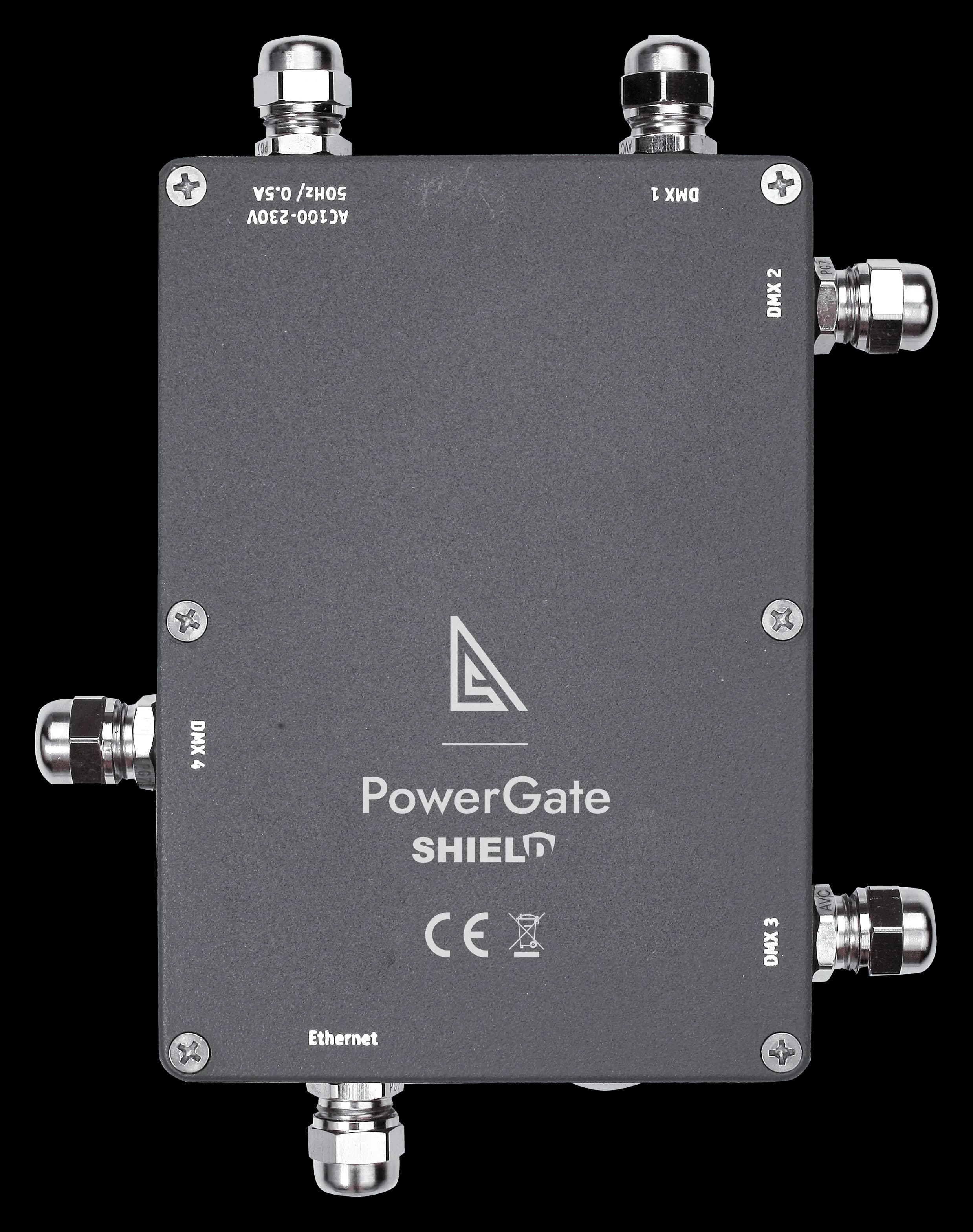MEDIA FACADE LIGHTING CONTROL

Media façade lighting turns the surface of a building into a dynamic display, using lighting fixtures as pixels to show video, animation, real-time content, or generative effects. It blends architecture with storytelling — whether through motion graphics, branding, or interactive visuals.
These systems operate on a pixel mapping logic, where each fixture or LED segment corresponds to a part of a digital canvas. Visual content is created and mapped in specialized software, then streamed in real-time using high-speed protocols such as Art-Net or sACN. The result is fluid motion, precise synchronization, and the ability to create complex lighting narratives directly on the architecture.
Media façades are typically used in retail centers, stadiums, transport hubs, public installations, and high-visibility commercial buildings. They can display scheduled content, react to live data, or respond to user interaction through sensors or control systems.
DITRA’s media façade control solutions provide stable infrastructure, protocol integration, and hardware scalability — supporting seamless playback from media servers or custom content engines.
Pixel-level control for video, animation, and generative visual effects
Real-time content playback with support for high-speed lighting data streaming
Precise synchronization across large-scale surfaces and multiple controller zones
Dynamic integration with media servers, data feeds, or interactive inputs (e.g. sound, motion, live events)
:
You want the building itself to function as a digital screen for video, animation, or live data
The project requires high-impact visual storytelling, branding, or public engagement
Lighting needs to change frequently or respond to real-time events, schedules, or interactions
You need a system capable of managing complex visual content across thousands of lighting nodes
You aim to add sophistication and depth to the architectural experience through controlled variation

Urban & Landscape Environments
Media facades can transform cityscapes by introducing dynamic visual content that interacts with the public environment
Architectural surfaces become communication platforms — used for cultural displays, celebrations, or even live event streaming — adding energy and identity to public spaces

Stadiums & Sport Facilities
Media facades elevate venue visibility and audience experience by turning the outer skin of a building into part of the show
Lighting effects and video content can mirror what’s happening inside — from player introductions to score updates — extending the excitement beyond the arena walls




